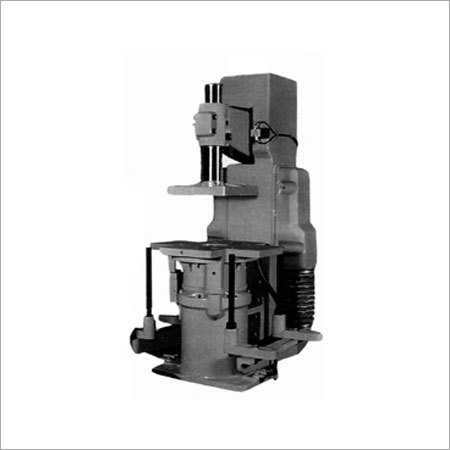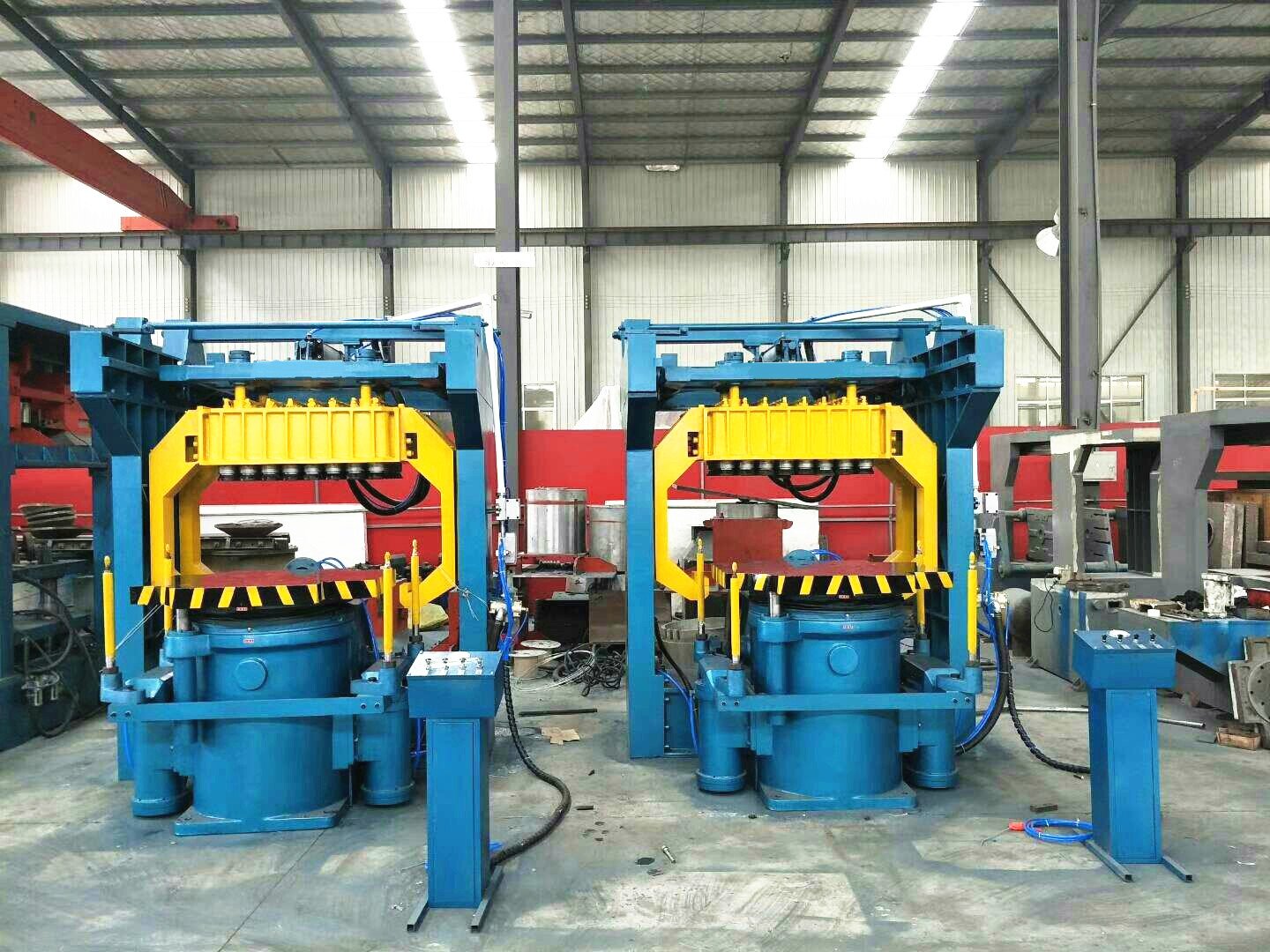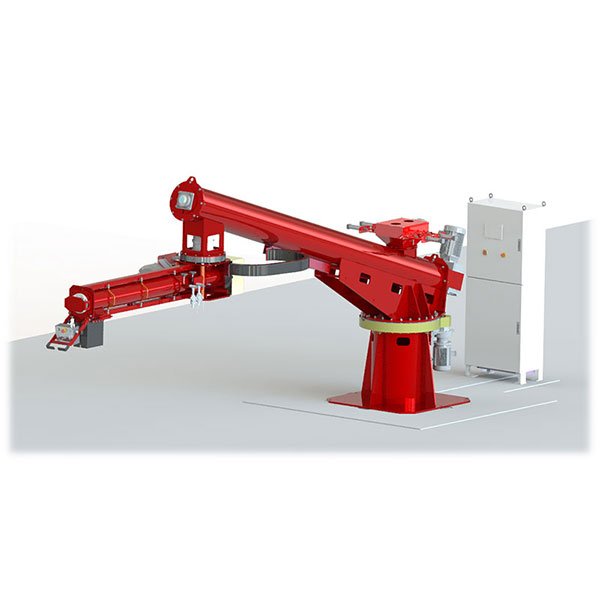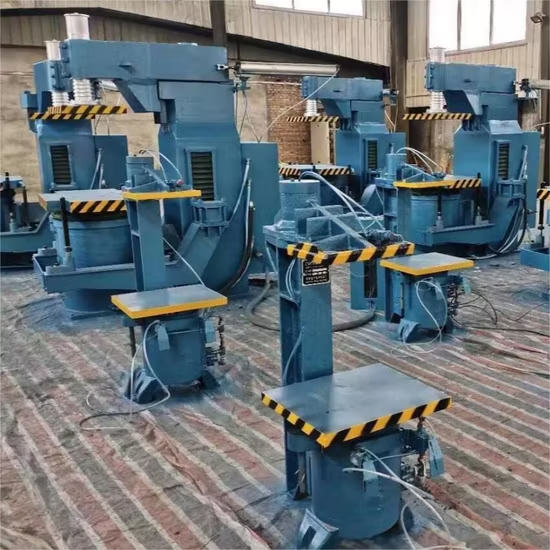
If your castings keep failing, it's not always your alloy or process—it might be your molding method.
Without a jolt squeeze machine, sand molds often suffer from uneven compaction, leading to defects like porosity, misruns, and cold shuts due to inconsistent mold density.
If you're still using manual or outdated molding techniques, this article will help you understand why your casting line is underperforming—and how a jolt squeeze machine can change that.
What Is a Jolt Squeeze Machine in Casting?
If your castings are full of flaws, start by asking: how are your molds compacted?
A jolt squeeze machine uses vibration (jolting) and pressure (squeezing) to ensure uniform mold density in green sand molding.
Dive Deeper: What Makes It Different and Why It Matters
A jolt squeeze molding machine automates two actions that are traditionally done manually:
- Jolting: Rapid vertical shaking to distribute and compact sand evenly around the pattern.
- Squeezing: Hydraulic or mechanical pressure to further densify the sand for stronger molds.
Unlike blow molding or hand ramming, this method provides consistent pressure and uniform density across the mold cavity. It eliminates human variation and ensures better part accuracy. In our work with mid-size foundries, switching to jolt squeeze improved part yield dramatically—often reducing scrap rates by more than 40%.
| Molding Method | Density Control | Labor Intensity | Surface Finish | Batch Consistency |
|---|---|---|---|---|
| Hand Ramming | Low | High | Poor | Low |
| Blow Molding | Medium | Medium | Medium | Medium |
| Jolt Squeeze | High | Low | High | High |
| Full Automation | Very High | Very Low | Very High | Very High |
Common Casting Defects Without a Jolt Squeeze Machine?
Without proper mold compaction, defects pile up fast.
Inadequate sand compression leads to weak molds, poor gas permeability, and increased defect rates.

Here are the most common defects we've seen when a jolt squeeze machine is absent:
- Incomplete Mold Compaction → Causes weak mold walls, misruns, and cold shuts.
- Poor Surface Finish → Rough sand texture leaves uneven casting surfaces, increasing post-processing time.
- Gas-Related Defects → Irregular compaction traps gases, leading to porosity and blowholes.
- High Scrap and Rework Costs → Inconsistent mold quality results in dimensional errors and higher rejection rates.
| Defect Type | Cause Without Jolt Squeeze | Cost Impact (per 10,000 pcs) |
|---|---|---|
| Cold Shut | Uneven mold filling | $4,000 |
| Porosity | Poor gas venting | $3,500 |
| Surface Roughness | Loose sand particles | $2,800 |
| Dimensional Errors | Inconsistent compaction | $5,200 |
How a Jolt Squeeze Machine Prevents Casting Defects?
You don’t have to tolerate high scrap rates anymore.
Jolt squeeze machines deliver dense, uniform molds that minimize casting defects and improve reliability.
Key advantages:
- Stronger Mold Walls → Better resistance to thermal and mechanical stress.
- Improved Repeatability → Each mold gets the same compaction pressure and time.
- Smoother Surface Finish → Compact sand leaves minimal surface defects.
- Better Gas Venting → Consistent sand density allows gases to escape uniformly.
In one automotive component project, implementing a jolt squeeze machine reduced total porosity issues by more than half—saving both material and rework time.
When Should You Use a Jolt Squeeze Machine?
Not every application needs one—but many would benefit.
Ideal for medium-volume, precision castings that demand high repeatability and strong molds.

Use cases include:
- Complex Shapes → Helps achieve better cavity integrity.
- Tight Tolerances → Ensures uniform mold hardness for precise parts.
- Mid-Scale Production → Perfect balance between hand work and full automation.
- Sand Mold Compatibility → Works well with silica, chromite, and green sand variations.
For instance, a client producing gear housings in batches of 2,000/day saw a 3-month ROI after switching from manual to jolt squeeze.
Jolt Squeeze Machine vs. Other Molding Techniques
Let’s put it side by side.
Compared to manual, blow, or fully automated molding, jolt squeeze offers the best ROI for mid-size foundries.
Here’s how they compare:
- Vs. Hand Molding → Jolt squeeze reduces labor and greatly improves consistency.
- Vs. Blow Molding → Jolt squeeze offers deeper compaction and fewer trapped air pockets.
- Vs. Automation → More affordable and less complex while still highly effective.
| Feature | Hand Molding | Blow Molding | Jolt Squeeze | Fully Automated |
|---|---|---|---|---|
| Mold Consistency | Low | Medium | High | Very High |
| Labor Requirement | High | Medium | Low | Very Low |
| Capex Investment | Low | Medium | Medium | Very High |
| Maintenance | Low | Medium | Medium | High |
For shops not ready to commit to six-figure automation, jolt squeeze gives the performance boost they need—without the overhead.
Key Benefits of Investing in a Jolt Squeeze Machine
Still wondering if it’s worth it?
You’ll see lower defect rates, higher throughput, and reduced manual work almost immediately.
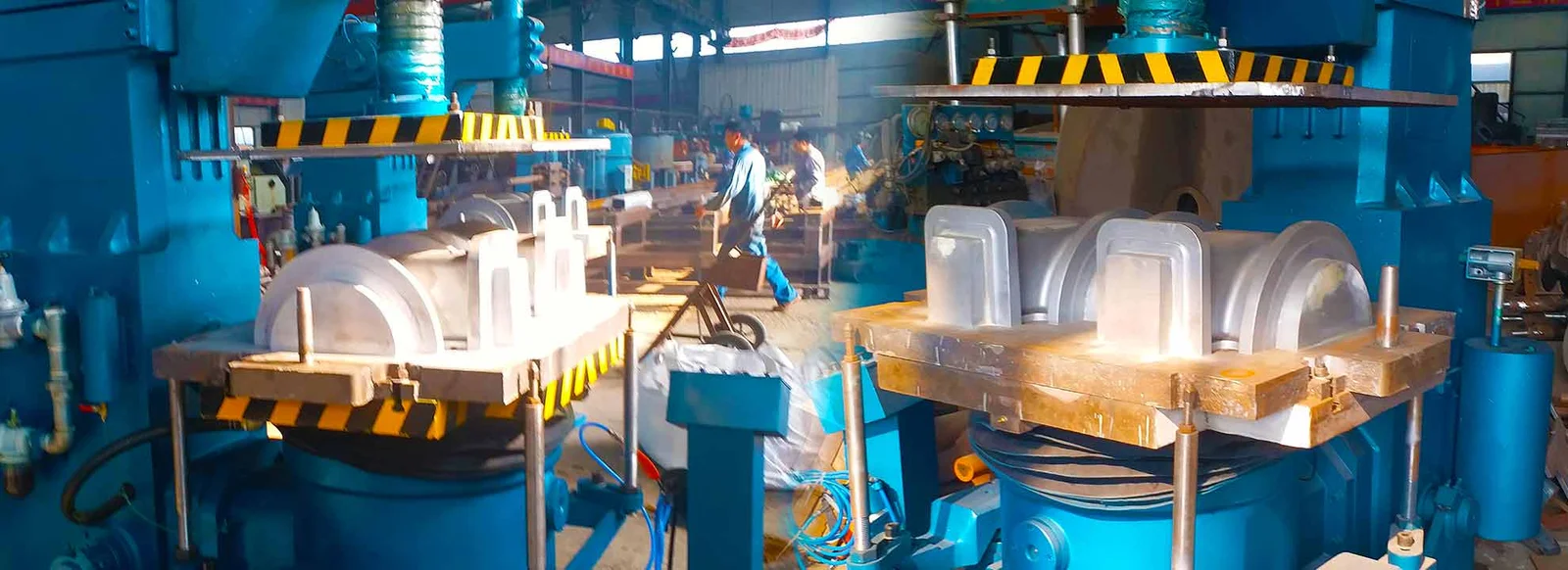
Major benefits include:
- Better Casting Quality → More reliable dimensions and smoother surfaces.
- Lower Scrap Rate → Fewer rejections due to mold inconsistencies.
- Reduced Labor → Less dependency on skilled hand rammers.
- Faster Production → Shorter mold cycle times.
- Quicker ROI → Many of our clients recover costs within 6 to 12 months.
One of our German clients saw a 35% increase in daily output just by standardizing their mold compaction process with jolt squeeze machines.
Final Thoughts: Is a Jolt Squeeze Machine Right for You?
If your castings suffer from misruns, porosity, or surface defects, the problem is likely your mold—not your metal. A jolt squeeze machine could be the affordable, scalable solution you’ve been missing.
FAQs About Jolt Squeeze Machines
What materials work best with jolt squeeze molding?
Green sand, including silica or chromite blends, performs best due to good compressibility and gas permeability.
How do I maintain a jolt squeeze machine?
Inspect vibration and squeeze mechanisms regularly. Lubricate moving parts and keep sand out of control systems.
Can I retrofit an old jolt squeeze machine?
Yes. Many mechanical units can be upgraded with digital controllers or hydraulic components to extend life and improve precision.
How do I know if my defects are due to poor mold compaction?
Look for trends like porosity, dimensional variation, or cold shuts. If they appear across multiple batches, mold inconsistency is likely the cause.


